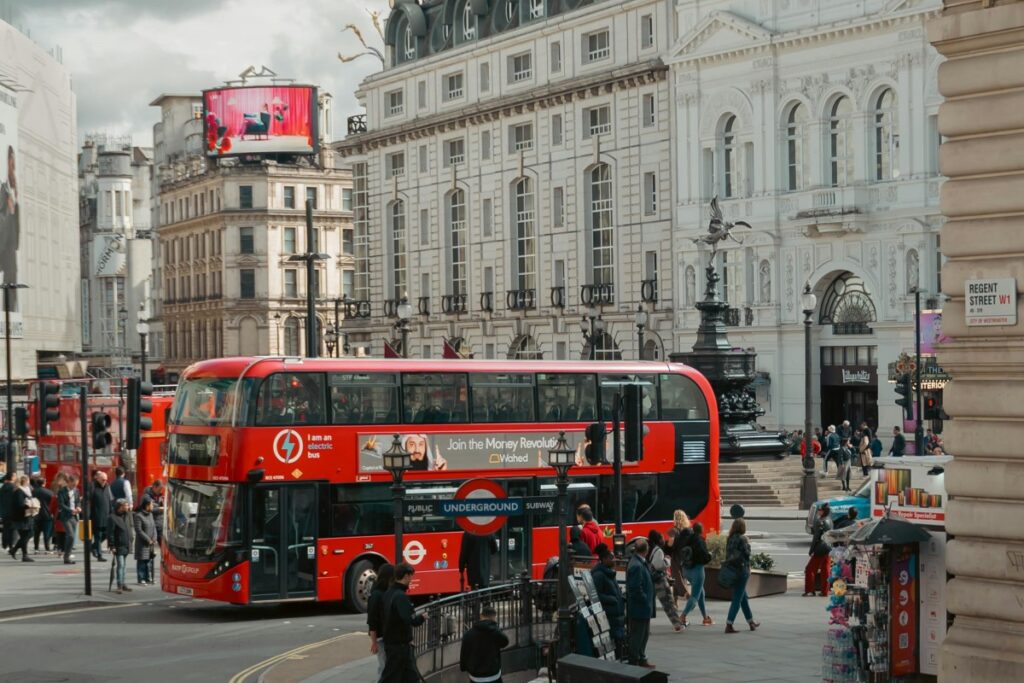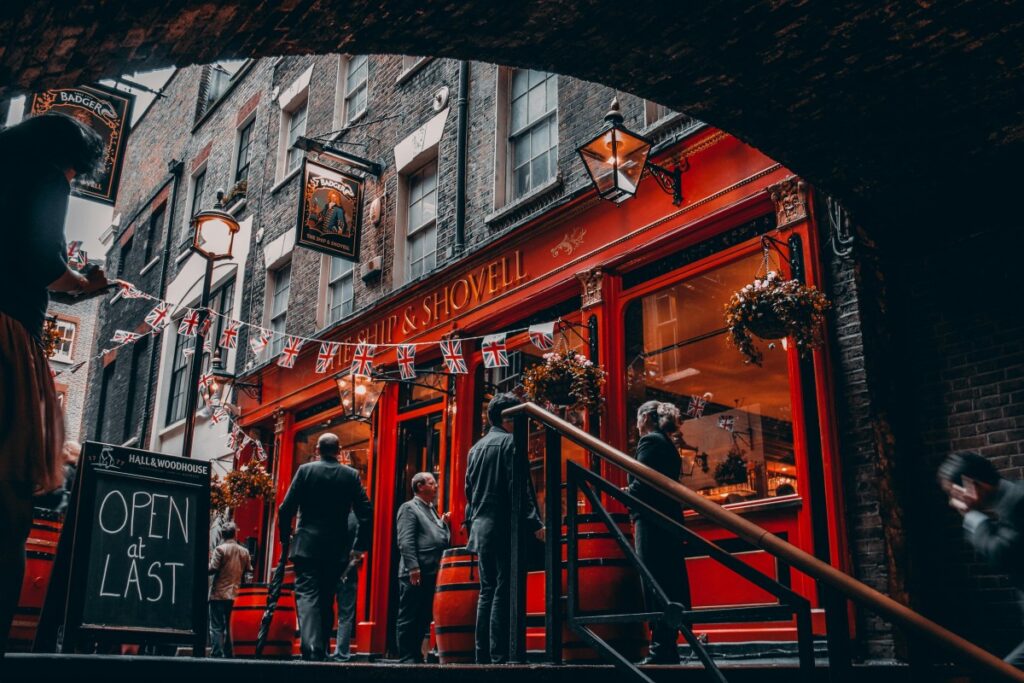So, you’re a UK-based creator or marketing pro wondering how to crack the Germany market via LinkedIn in 2025? Good call. Influencer marketing on LinkedIn isn’t just a buzzword anymore — it’s the real deal for B2B and niche brand collabs, especially with Germany brands who take their partnerships seriously but want authenticity.
As of May 2025, the marketing scene in the United Kingdom has seen a sharp rise in LinkedIn-driven influencer campaigns targeting Germany brands. This trend is powered by the platform’s professional vibe, the high trust factor among German corporates, and the UK’s killer talent pool ready to bridge cultural gaps.
Let me walk you through how you, either as an influencer or an advertiser, can nail collaborations with German brands on LinkedIn — no fluff, just the real-deal tactics that work.
📢 Why LinkedIn for Influencer Marketing with Germany Brands
Forget TikTok or Insta for a sec. LinkedIn is where B2B meets B2C in a polished cocktail, perfect for Germany’s corporate culture that values professionalism but also genuine engagement.
Germany brands like Siemens, Bosch, and even mid-sized Mittelstand companies are scouting for influencers who don’t just have followers but command respect in their niches. This means your content has to be sharp, insightful, and tailored for decision-makers.
For UK influencers, LinkedIn lets you tap into Germany’s market without jetting off. The platform’s language options and networking features allow you to connect with brand managers and marketing heads directly.
Plus, social media spending from German companies on influencer marketing is expected to rise by 20% in 2025, with LinkedIn being a key channel — this is according to recent marketing data from the UK-Germany trade insights.
💡 How UK Influencers Should Approach Germany Brands
1. Speak Their Language (Literally and Culturally)
Even if you’re posting in English, German brands appreciate a nod to their culture. Drop in some German phrases or references to local trends. For example, referencing “Industrie 4.0” or “Nachhaltigkeit” (sustainability) shows you get their priorities.
UK influencers like Emma Jones, who specialises in tech and sustainability, have landed deals with German eco-tech firms by producing bilingual content or hosting webinars tailored to German audiences.
2. Build Trust Through Thought Leadership
Germany takes trust seriously. Post case studies, whitepapers, or LinkedIn articles that demonstrate your expertise. Use LinkedIn’s native publishing platform to share insights relevant to Germany’s market — say, how UK fintech innovations can benefit German SMEs.
Regular engagement on German business groups on LinkedIn is also a win — drop in comments, share relevant posts, and build relationships before pitching.
3. Use the Right Payment Methods
German brands prefer secure, traceable payments. PayPal and SEPA bank transfers are common, while credit card payments are less favoured for B2B deals. For UK influencers, getting set up with a Euro-friendly bank account or services like Wise (formerly TransferWise) smooths the process.
Contracts are also a must. Germany is big on compliance, so having clear terms in both English and German protects both parties.
4. Collaborate with Local Agencies
If you’re new to the scene, partner with Germany-based influencer marketing agencies or UK firms specialising in German clients. Agencies like Jung von Matt or Serviceplan have offices in London and Munich, offering a perfect bridge.
They can help with campaign localisation, legal checks, and even help you navigate GDPR compliance, which is a hot topic in Europe.
📊 People Also Ask
How can UK influencers find Germany brands on LinkedIn?
Start by following German companies’ official pages, join relevant LinkedIn groups like “German Business Network UK,” and use LinkedIn’s search filters to identify marketing managers or PR heads. Engaging with their content regularly can open doors to collaboration.
What types of collaborations do German brands prefer on LinkedIn?
German brands favour content that educates and informs — think webinars, expert panels, case study posts, and long-form articles. Authentic storytelling around product use or innovation also resonates well.
Is influencer marketing on LinkedIn effective for B2B in Germany?
Absolutely. LinkedIn is viewed as a trusted platform among German professionals, making it ideal for B2B influencer campaigns. It’s less about flashy ads and more about building credibility and relationships.
❗ Common Pitfalls UK Influencers Should Avoid
-
Overpromising Reach: German brands value quality over quantity. Don’t bluff your follower stats; focus on engagement and niche relevance.
-
Ignoring GDPR: Data privacy is non-negotiable. Make sure your campaigns comply with EU laws — no sketchy data scraping or unconsented messaging.
-
One-size-fits-all Content: Tailor your messaging. German audiences appreciate precision and clarity, not vague marketing fluff.
🚀 Final Tips to Seal the Deal in 2025
-
Keep your LinkedIn profile ultra-professional and German-friendly — add your language skills and local references.
-
Leverage LinkedIn Sales Navigator to target German decision-makers with precision.
-
Offer pilot projects or small collabs first. German firms like to test waters before going all-in.
-
Don’t ignore the power of offline meetups. Events like the “Digital Marketing Expo” in London or “DMEXCO” in Cologne can be game-changers.
-
Keep payments transparent and timely, invoicing in Euros (£ to € conversion rates matter).
By following these real-world tips, UK influencers and advertisers can build solid, lucrative partnerships with Germany brands through LinkedIn in 2025.
BaoLiba will keep you posted on the latest United Kingdom influencer marketing trends. Stay tuned and let’s grow together.


